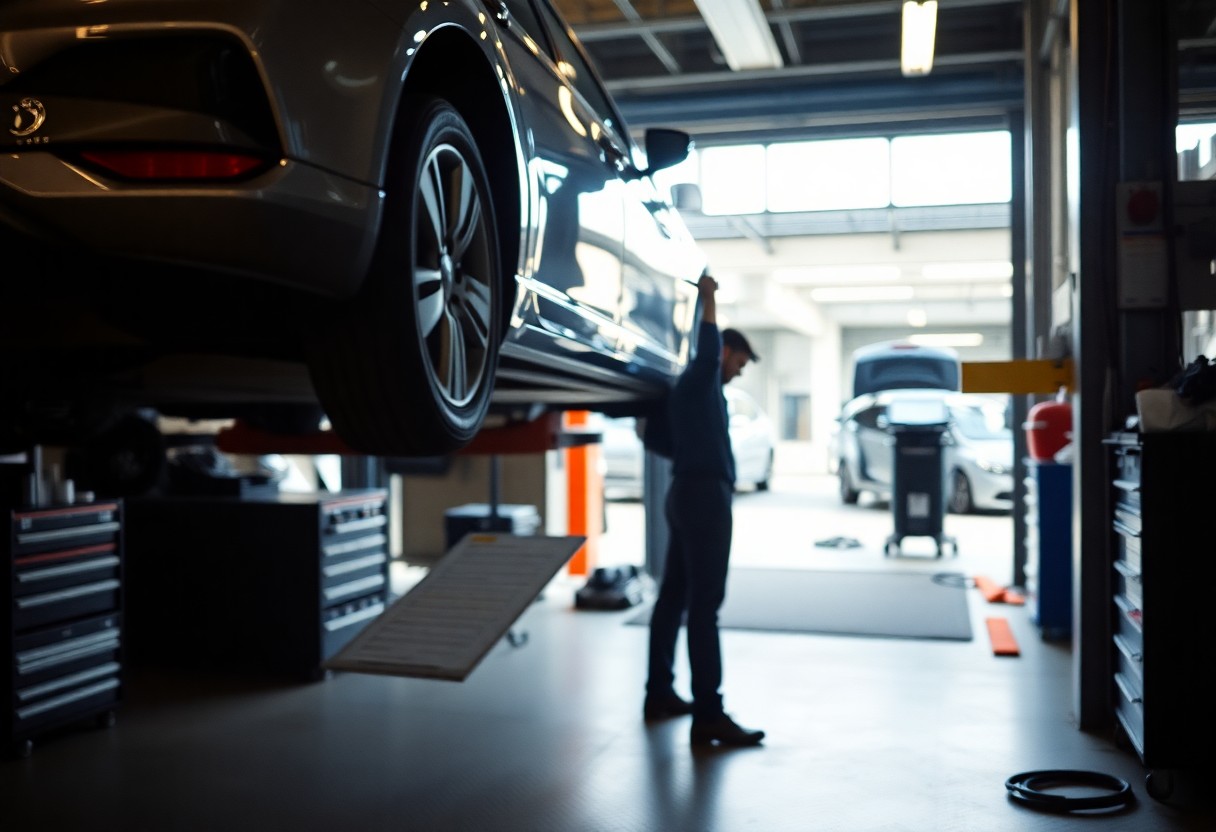Vehicle safety is paramount when it comes to ensuring your well-being on the road. Regular inspections of your car are necessary to identify any potential issues before they escalate into larger problems. Performing a safety check not only protects you but also enhances the safety of other drivers. Here’s a comprehensive guide to help you understand the importance of vehicle inspections and how you can conduct your own safety check.
The first step in your vehicle inspection is to assess the tires. Ensure that they are properly inflated and have adequate tread depth. Worn-out tires can lead to reduced traction, especially in adverse weather conditions. You can use the penny test; insert a penny into the tread grooves. If you can see Lincoln’s head, it’s time to replace your tires. Additionally, inspect the sidewalls for any visible damage or bulges.
Next, check the brakes. A proper functioning braking system is vital for your safety. Listen for any unusual sounds such as squeaking or grinding when applying the brakes. Additionally, feel for any vibrations or pulling to one side while braking. If you notice any of these signs, consider having a professional inspect your brakes for any necessary repairs.
Moving on, inspect your lights. Ensure that all your headlights, tail lights, brake lights, and turn signals are working effectively. Clear, functioning lights are necessary to ensure visibility during night driving or inclement weather, providing you with a clear line of sight and alerting other drivers of your intentions.
Next on your checklist is the windshield wipers. Having clear visibility is key to driving safely. Inspect your wipers for any wear and tear and replace them if they do not effectively clear rain or snow from your windshield. It’s a good practice to maintain a supply of windshield washer fluid, ensuring that your view remains unobstructed no matter the weather conditions.
Don’t forget to examine your fluid levels. Regularly check the engine oil, coolant, brake fluid, transmission fluid, and windshield washer fluid levels. Maintaining appropriate fluid levels helps ensure that your vehicle operates smoothly and reduces the risk of engine damage or overheating.
Finally, check your battery. Inspect the battery terminals for any corrosion or loose connections. A clean, securely connected battery can prevent unexpected breakdowns. If your battery power is low or if your vehicle struggles to start, consider having the battery tested at an auto shop.
Thus, performing regular vehicle inspections is not just about ensuring the functionality of your car; it is about promoting safety for yourself and others on the road. By routinely checking your tires, brakes, lights, wipers, fluid levels, and battery, you can identify small problems before they lead to significant issues. This proactive approach helps keep your vehicle in optimal condition and contributes to a safer driving experience. Make vehicle inspections a part of your routine, and you can drive with confidence, knowing you’ve taken the necessary steps to ensure your safety and that of others.
